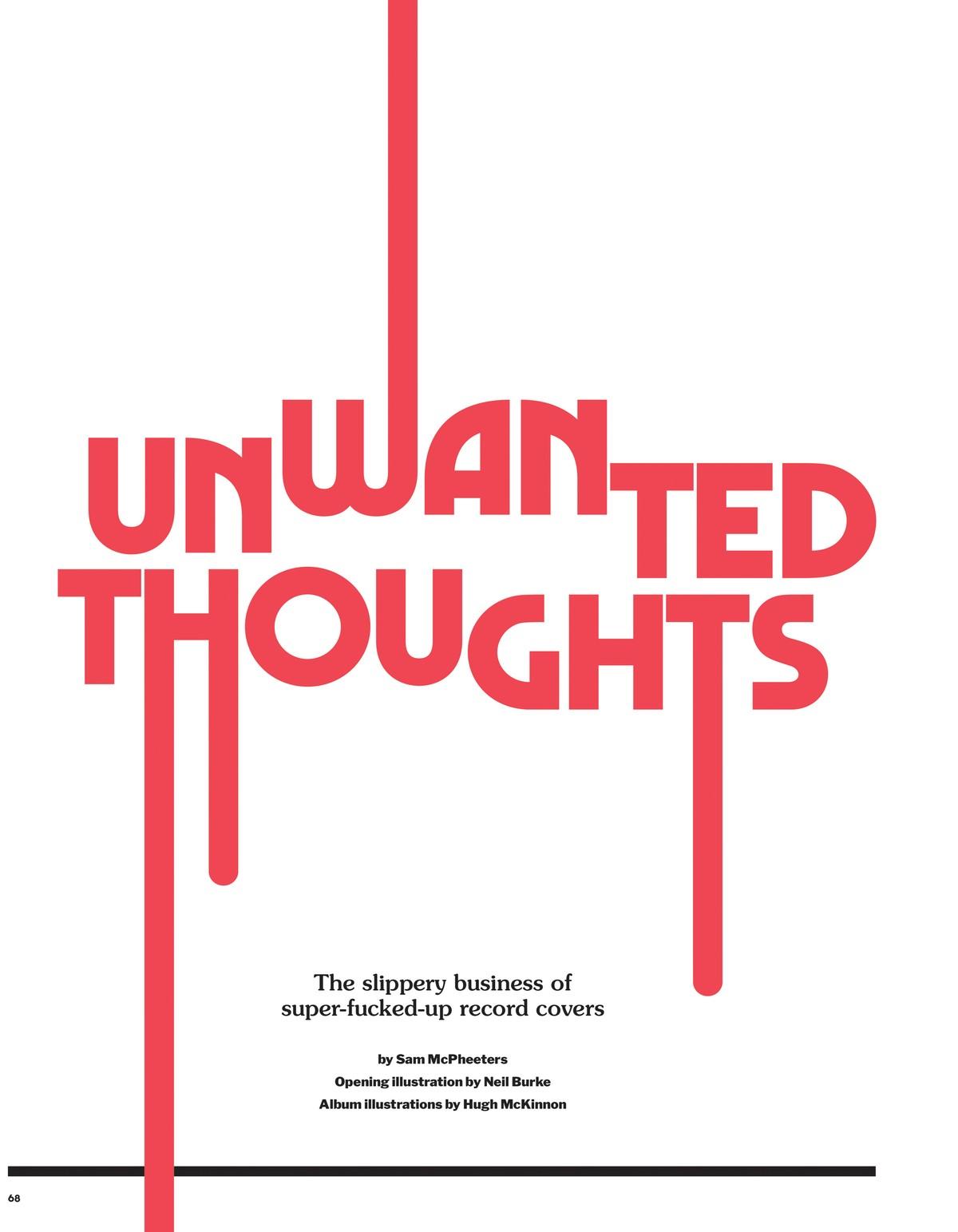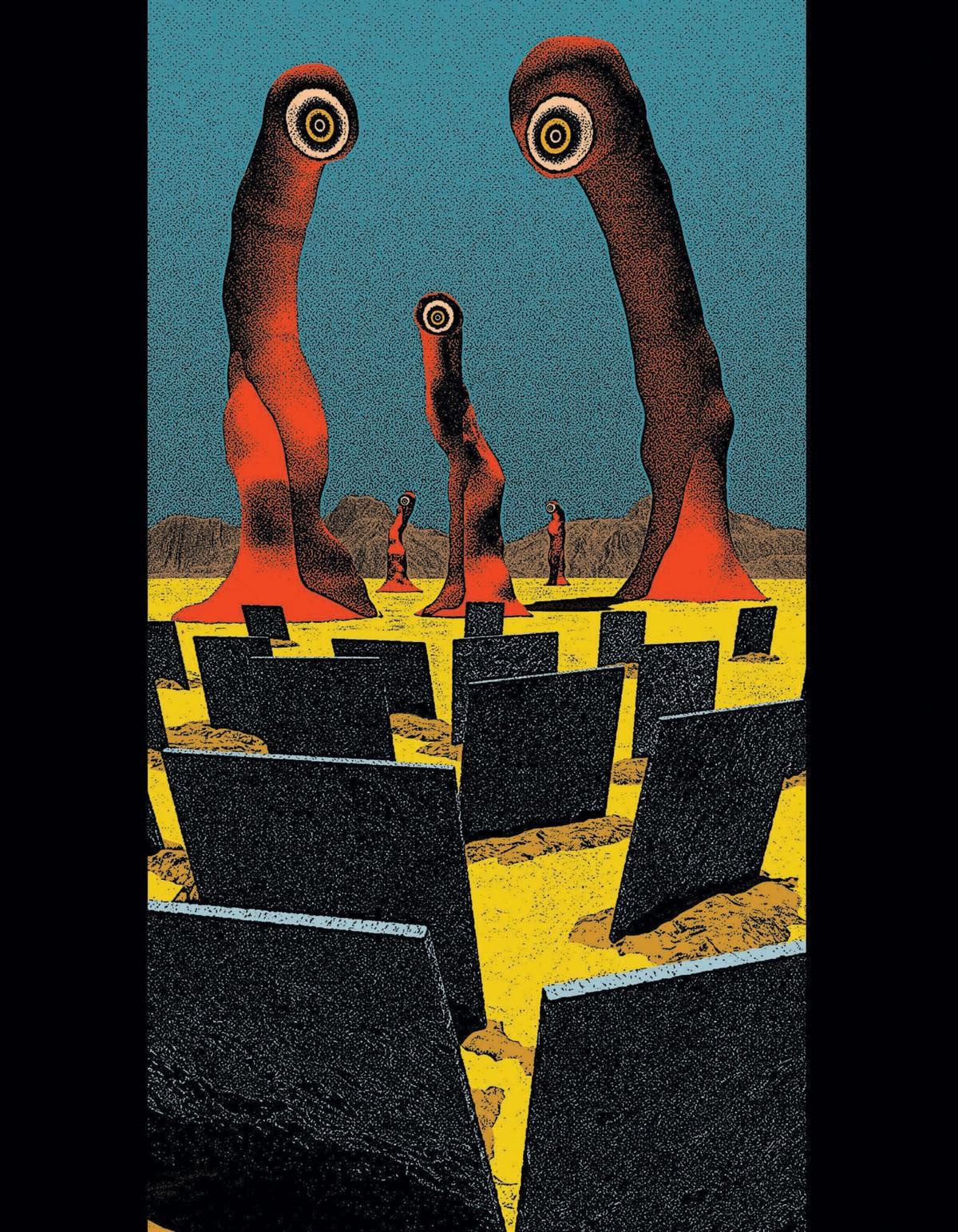UNWANTED THOUGHTS
The slippery business of super-fucked-up record covers.


EDITOR'S NOTE: It has been brought to our attention that many of our readers enjoy flipping through the magazine while eating. For this reason, we have taken certain editorial liberties with the images contained herein, in order to ensure a more pleasant reading experience. Bon appetit!
My local 7-Eleven recently started selling $10 posters. The marketing is less of an endcap display than it is just a large box passive-aggressively plopped down in the middle of the floor so that you have to stand and bend, ass aimed at incoming customers, a record store gesture.
Leafing through this box last month, I found the usual suspects for mass culture in deep inland Los Angeles: Kobe, Dodgers, elaborate gangsta tat makeovers of Marilyn Monroe. But a handful of these prints felt as personally targeted as any Instagram ad: Slayer, Public Enemy, a beautiful Sid Vicious poster that made me—briefly but genuinely—reassess whether I might just be the kind of person who would hang such a thing on a wall in my house.

